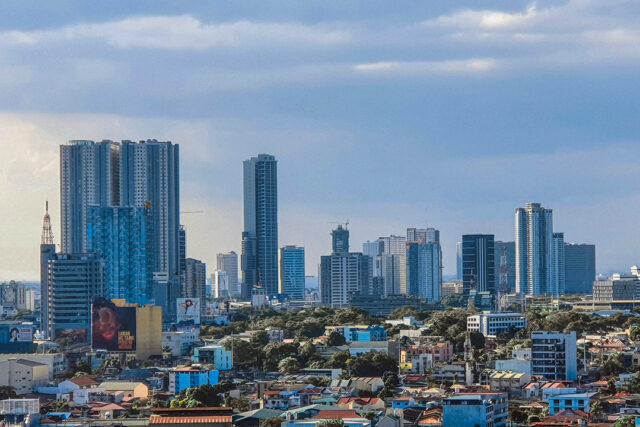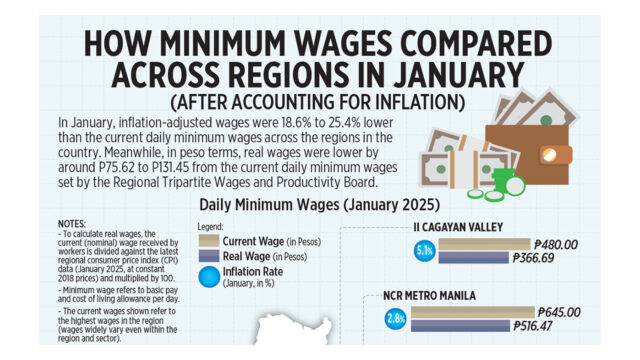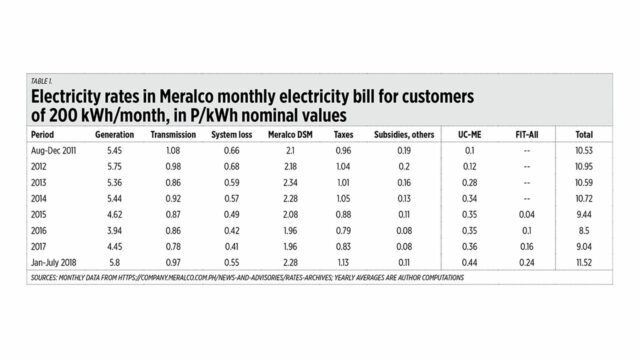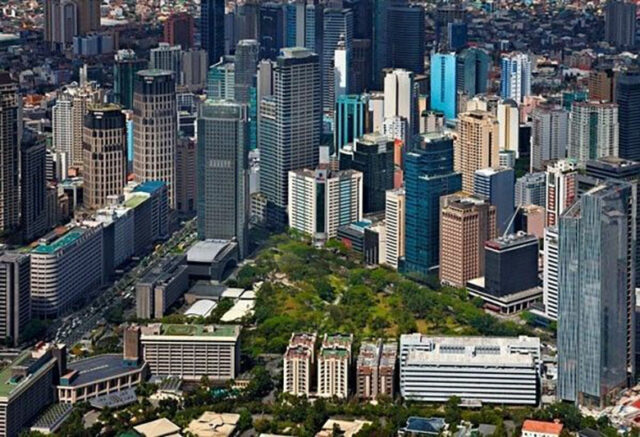Makati CBD exempt from condominium oversupply
First of two parts
PROPERTY BROKERS, investors, and even my contacts from developers have been asking me lately about the condominium oversupply in Metro Manila. Over the past couple of weeks, Colliers Philippines representatives have been busy going around, providing updates about the Philippine property market, especially the Metro Manila condominium segment that has been seeing challenges. We help explain the real picture and dissect the nuts and bolts of the condominium overhang across the capital region and discuss the opportunities that we see in the market. One thing is for sure: it’s not all doom and gloom. Colliers Philippines wants to debunk statements that aim to sow fear.
I am glad that broadsheets such as BusinessWorld allow me to present the real situation behind the “condominium oversupply” issue. I believe that this is a perfect opportunity for me to dissect the figures, explain the market dynamics, and identify the real reasons behind the challenges that the market faces at this point. As a property stakeholder and as the research head of one of the Philippines’ leading real estate services firms, it is crucial that I shed light on the real situation to offset the negative titles that have been hugging business reports as of late.
MAKATI CBD SUSTAINING ITS LUSTER
Let me first stress that the ‘oversupply’ in Metro Manila does not cover all sub-markets and price segments. The Makati (central business district) CBD, for instance, continues to be one of the most, if not the most desired address of large, multinational firms and their employees. Makati houses not just expansive office towers but also high-end malls; some are even up for redevelopment which will only make residing within Makati CBD more attractive for top Filipino professionals and expatriates and their families.
Makati CBD is one business district in Metro Manila that continues to dominate in terms of total share to the more expensive condominium projects in the capital region. For the office segment, the business district continues to attract traditional and outsourcing tenants. As a result, office vacancies in the bustling financial district continue to remain relatively low at about 8.3% as of end-2024. This is much better than the Metro Manila-wide office vacancy of 19.8%.
MAKATI CBD’S ATTRACTIVENESS AS AN OUTSOURCING HUB
The results of our latest briefing polls showed that Makati CBD remains a preferred location of tenants. The business hub continues to attract multinational corporations as well as large outsourcing firms. In our view, Makati CBD is up for redevelopment and landlords should capture demand from firms planning to locate and expand in the country’s primary financial district.
Also, a recent poll conducted by Colliers Philippines showed that nearly 40% of our respondents chose Makati CBD for their relocation or expansion, followed by Fort Bonifacio (25%), Bay Area (14%), Alabang (14%), and Ortigas CBD (10%).
Colliers continues to see demand coming from various segments. In 2024, we recorded leases from government agencies, banking and financial service providers, and IT companies locating in Makati CBD, among other attractive sites. As I always highlight, it is crucial for a business district to attract these office locators as they are also likely to fuel demand for upscale residential projects that feature relatively larger cuts, more open spaces, sustainable features, and hotel-like amenities and interior design.
DISSECTING MAKATI CBD’S LIMITED UNSOLD INVENTORY
Latest data from Colliers Philippines show that Makati CBD accounts for less than 1% of total unsold ready for occupancy (RFO) condominium units in Metro Manila. This is a much better figure compared to unsold RFO inventory in Pasig, parts of Quezon City, Manila, and Parañaque. These areas covered nearly 60% of unsold RFO inventory in Metro Manila as of end-2024. This only supports our previous statement that Makati CBD remains as one of the most preferred addresses not just in Metro Manila, but also across the country.
This clearly indicates that Makati CBD is NOT part of the so-called oversupply plaguing other parts of Metro Manila, especially those in the peripheries of major CBDs.
Colliers doesn’t see a sizable addition to Makati CBD’s RFO condominium stock. With other things being constant and with limited addition to total RFO supply in the business hub, we only expect pre-selling prices in Makati CBD to increase beyond 2025.
Given that Makati CBD has the lowest vacancy in the Metro Manila office market (-8.3% versus the Metro Manila-wide vacancy of 19.8% as of end-2024) and one of the tempered vacancies in the residential sector (13.2% versus the 23.9% overall vacancy in the capital region as of end-2024 and significantly lower then the Bay Area’s 52%) we believe that Makati CBD remains exempt from the condominium oversupply narrative and is one business hub that is up for redevelopment. This should further raise the attractiveness of the CBD and further redefine the skyline of the country’s premier financial district. The first movers in the next phase of Makati CBD redevelopment definitely have an edge. More on this next week.
Joey Roi Bondoc is the director and head of Research of Colliers Philippines.















